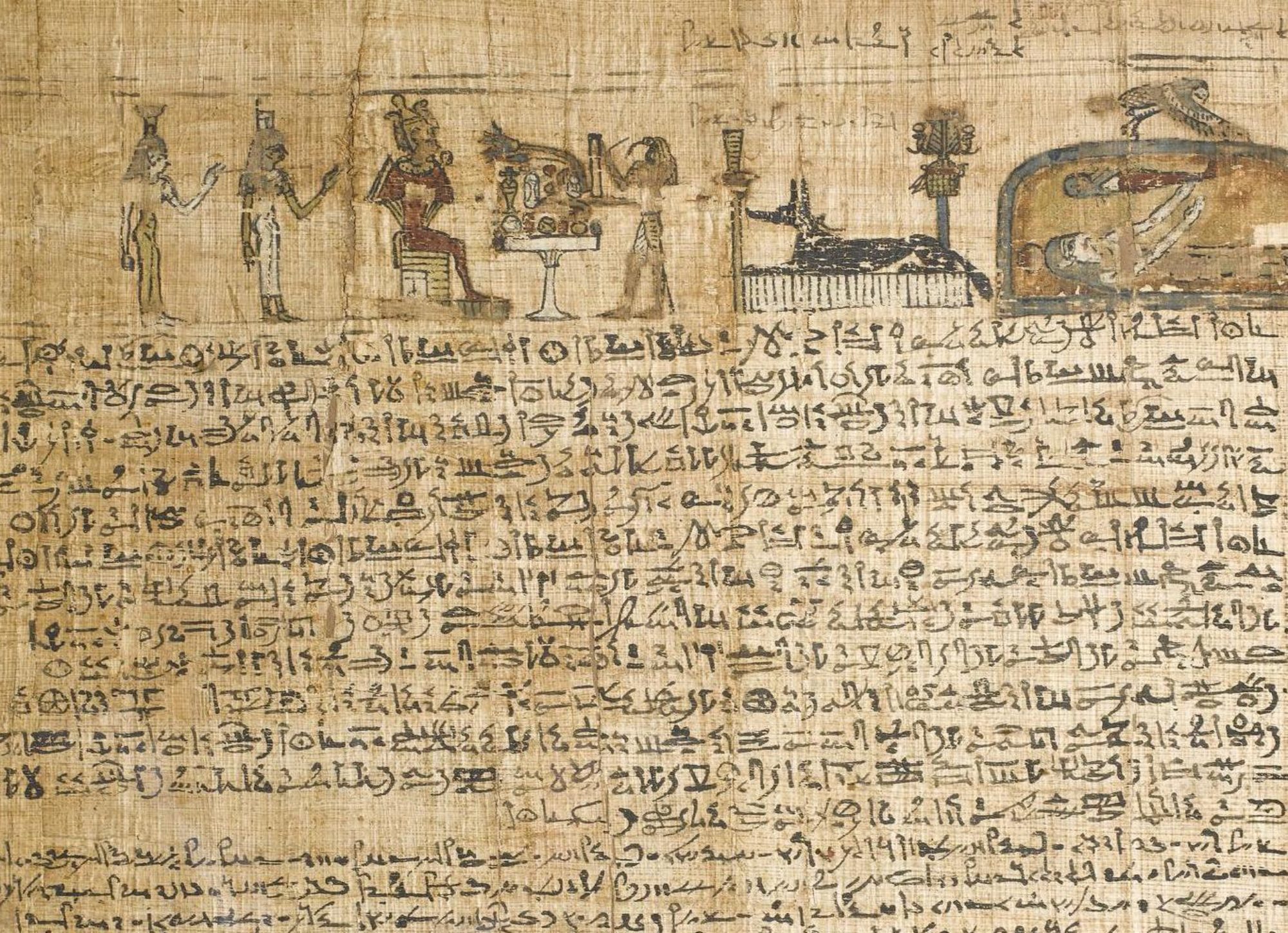Although Shakespeare wrote ‘age cannot wither her, nor custom stale her infinite variety’, Cleopatra was definitely no Elizabeth Taylor. Most people familiar with ancient Egypt will already know this from the many coins that depict Cleopatra, but it’s popped up all over the news because of a specific coin in Newcastle being researched in preparation for the opening of a Great North Museum. On one side is the Mark Antony’s head, and the other the less than lovely visage of the sharp-faced Cleopatra VII.
In my opinion though, I’ve always thought her rather more impressive because she achieved her legendary status in spite of her looks rather than because of them. Ancient sources all agree in their estimation of her intelligence and political acumen. The sixteenth ruler in Egypt’s Ptolemaic dynasty, which originally came from Macedonia with Alexander the Great, Cleopatra was the first amongst them to actually bother seriously learning Egyptian! Now that I can respect.
Plutarch describes all of this in his ‘The Life of Antony’. Here’s a selection translated by John Dryden:
‘For her actual beauty, it is said, was not in itself so remarkable that none could be compared with her, or that no one could see her without being struck by it, but the contact of her presence, if you lived with her, was irresistible; the attraction of her person, joining with the charm of her conversation, and the character that attended all she said or did, was something bewitching. It was a pleasure merely to hear the sound of her voice, with which, like an instrument of many strings, she could pass from one language to another; so that there were few of the barbarian nations that she answered by an interpreter; to most of them she spoke herself, as to the Ethiopians, Troglodytes, Hebrews, Arabians, Syrians, Medes, Parthians, and many others, whose language she had learnt; which was all the more surprising because most of the kings, her predecessors, scarcely gave themselves the trouble to acquire the Egyptian tongue, and several of them quite abandoned the Macedonian. ‘

So were the Troglodytes an actual nationality or race, or does it just mean that she spoke lots of languages including the relatively obscure tongues of people who didn’t fit into the other categories and who might have, coincidentally, lived in caves?
Well, although it’s really not my area of expertise, it appears that ancient Greek and Roman writers often used the name Troglodyte to refer to specific peoples but not always the same ones! The people most likely referred to in connection with Cleopatra were a nomadic group from the upper reaches of the Nile, most likely in Ethopia, described as ‘Troglodytes’ by a number of Classical writers, such as Herodotus, Agatharchides, and Aristotle.
Herodotus describes them thus in his Histories, translated here by George Rawlinson: ‘The Garamantians have four-horse chariots, in which they chase the Troglodyte Ethiopians, who of all the nations whereof any account has reached our ears are by far the swiftest of foot. The Troglodytes feed on serpents, lizards, and other similar reptiles. Their language is unlike that of any other people; it sounds like the screeching of bats.’
So I guess that makes it even more impressive if Cleopatra learned to speak it! Check out: http://www.1911encyclopedia.org/Troglodytes